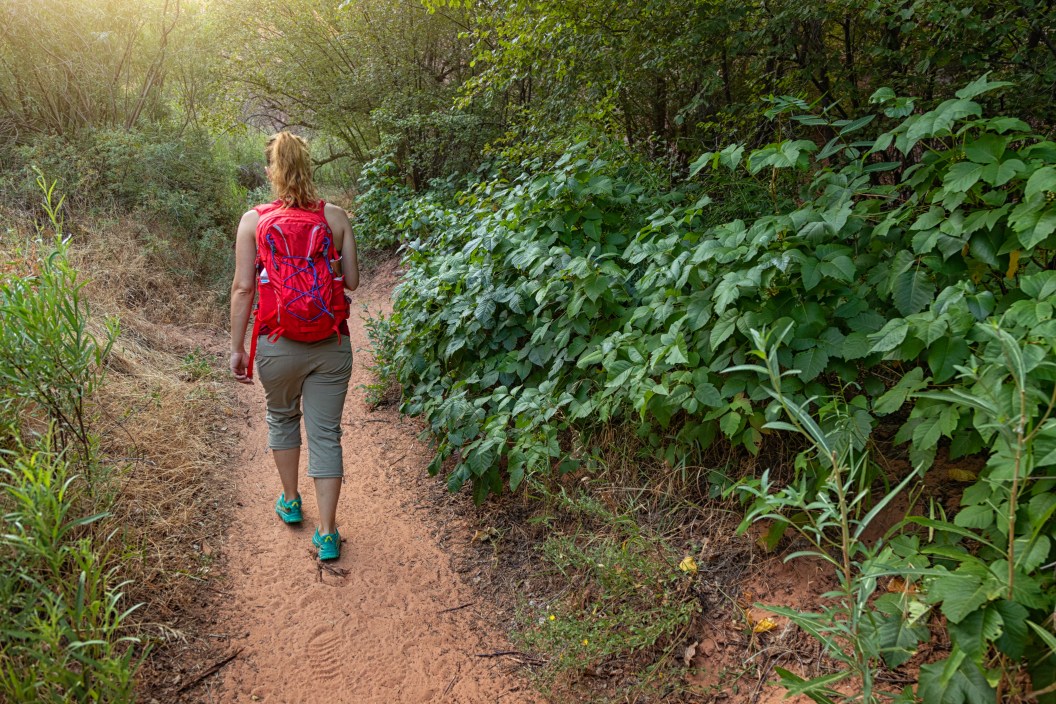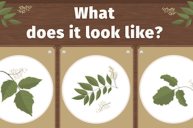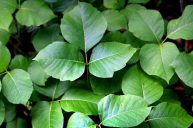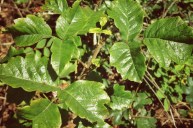As a lover of the outdoors, it's very likely that you've come into contact with the infamous poison ivy plant at one time or another. If you've ever developed that telltale unforgiving itch after hiking, camping, or even just gardening in your homestead or backyard, then you know just how miserable a poison ivy rash can be.
For the lucky ones who are still unacquainted: It's like a bad sunburn you cannot scratch, lest you spread it to other parts of your body, and it can cause blisters and even oozing in extreme cases. The swelling, the irritation, and incessant itching can quickly ruin the memories of your entire outdoor adventure—and at least the following week while it heals up.
What Makes Poison Ivy so Itchy?
The contact dermatitis, a.k.a. skin rash, that appears after a brush with poison ivy is caused by an allergic reaction to urushiol, the sticky oil that the poisonous plants exude in order to fend off predatory insects. And it's powerful stuff: It can remain active for up to a year—which is why you should wash clothes on the warmest setting possible. Even if you've been "immune" to this plant oil in the past, there's still a chance of developing an allergic reaction later in life. (Sorry!)
What Should You Do if You Think You Touched Poison Ivy?
The first thing you'll want to do after you come in contact with poison ivy is rinse your skin with lukewarm, soapy water, according to the American Academy of Dermatology. If not washed off, the oil can spread to other areas of your body and even from person to person. If you think your dog touched poison ivy, too, be sure to give Fido a bath, as his fur could pass it to you!
As hard as it may be, resist the urge to scratch, as this can lead to infection. To relieve the itch, over-the-counter anti-inflammatory poison ivy treatments include calamine lotion, hydrocortisone cream, and oral antihistamines like Benadryl.
But if you don't have any of those packed in your first aid kit or don't have easy access to a drug store, you're in luck. There are also some natural remedies for poison ivy—and some that are likely sitting in your kitchen or pantry—that can come in handy in a pinch to provide some relief. Bonus: These natural remedies should work not just on rashes from a poison ivy plant, but for poison oak and poison sumac, too.
That said, everyone is different, and your results may vary. Ultimately, if your symptoms are too strong or the rash spreads too much, go see a doctor. But while you're waiting it out, hopefully these home remedies for poison ivy can provide you with some relief.
READ MORE: DIY First Aid Kit: Supplies to Bring on Every Adventure
Natural Remedies for Poison Ivy
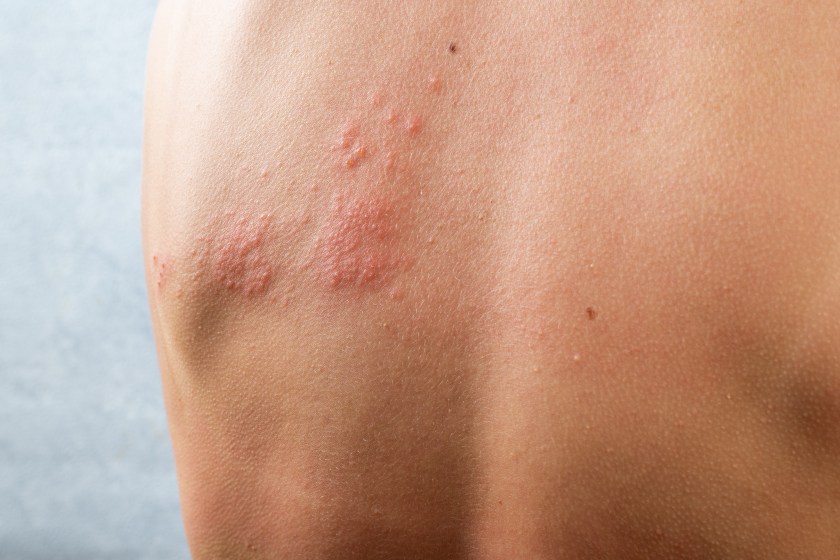
Getty Images, undefined undefined
1. Jewelweed
Nature's most effective cure for poison ivy is a plant called jewelweed and, thanks to Mother Nature's foresight, it usually grows right alongside patches of poison ivy! It's characterized by oval, tooth-edged leaves and small, brilliant orange, pouch-like flowers. To use jewelweed as a poison ivy remedy, all you have to do is harvest and crush the leaves and stems and then spread the resulting sap directly onto the rash five or six times a day for five days.
2. Baking Soda
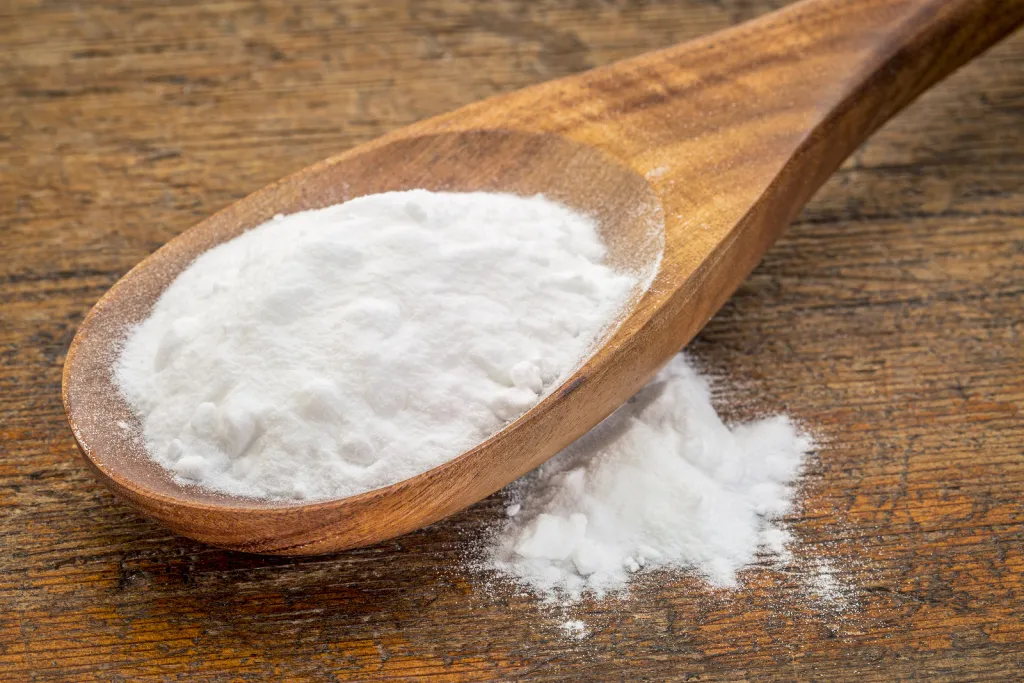
Baking soda eases the severity of many itchy rashes and is one of the best-known home remedies for poison ivy as well. It can be used in two forms: a topical paste or a soaking bath.
You can make a baking soda paste using a 3-to-1 mix of baking soda and cool water. Apply the paste directly to the affected area and let it dry. When it starts to flake off, gently wash off the rest. To make a bath, add half a cup of baking soda to the tub and soak your itchy skin.
3. Oatmeal Paste
Another great line of defense is cooking a small amount of colloidal oatmeal mixed with water and applying it while it's still warm, but not so hot that it burns. As an option, you can also add baking soda to ease the itch. The good news: you can make your own colloidal oatmeal by grinding regular whole oats (not instant) in a food processor to create a fine powder. Add enough water to make the oatmeal thick like a paste so it sticks when applied, and allow it to cool while on the skin. The heat from the paste will soothe the skin while the oatmeal dries up and soothes the rash.
4. Apple Cider Vinegar
Apple cider vinegar is a well-known home remedy for removing toxins. It has the ability to suck poison out of your skin and help prevent the spread and duration of the rash. Apply the vinegar directly to the skin or make a warm compress from a towel and apply as needed.
5. Banana Peel
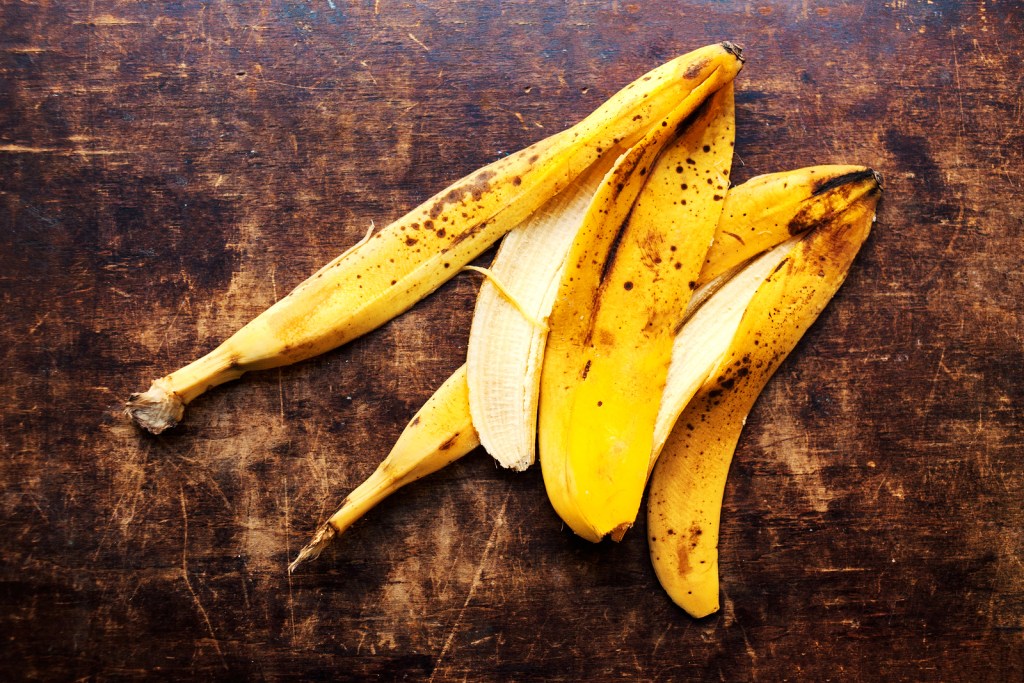
This is one of the weirder home remedies for poison ivy, but if it works, it works. Keep the peel of a banana, and rub the inside of it on the affected area. It provides a cooling effect and relieves the itch.
6. Cucumber
You've heard of using cucumber to alleviate puffy eyes, and the vegetable can offer the same cooling, soothing effect for poison ivy rash, too. Cut a cucumber into slices and place them on the skin, or blend the cucumber into a paste and apply that. Leave it on as long as you like, or until it dries out.
7. Watermelon Rind
Watermelon is a great cool snack for summer but it can also cool inflamed skin and ease the symptoms. Apply the inside of the rind to the skin to reduce itching: the juice helps neutralize the effect of the toxins in the skin.
8. Witch Hazel
Witch hazel is another natural cure for poison ivy works extremely well for most people. This a deciduous shrub or small tree common to North America is easy to find in nature, and a soothing home remedy made from it is easy to find at the local drugstore.
To make your own witch hazel topical treatment, harvest some of the tree's bark or leaves and boil them in water for approximately 30 minutes. Next, remove the bark or leaves and allow the liquid to cool. Then, soak a cloth or a cotton ball in the liquid and apply it to the affected area whenever the rash starts to itch. (The same application method works for the store-bought version, too.)
9. Rubbing Alcohol
Reach for this solution when you realize you just brushed a poison ivy plant. Those small, single-use rubbing alcohol wipes can whisk away the oils before they have a chance to create those awful itching and burning sensations. Follow up with a cold compresses to clean the area, and you may avoid itching altogether.
10. Aloe Vera
You've probably used aloe vera on a sunburn before for instant relief. It can work well on poison ivy, too. Simply apply it directly to the affected area and you should start feeling the relief.
11. Wet Compress
Sometimes you may be in the backcountry, and you may not have access to other remedies right away. A poison ivy solution comes from the Mayo Clinic: Simply apply a wet compress of a cloth and cold water to the area affected by itchiness. This may be the simplest of natural remedies, but it will do in a pinch. Keep the cool compresses on the area for 15 to 30 minutes and repeat a few times a day for best results.
